Growing Aging Population
The aging population in the GCC region is contributing to the increased demand for corneal cross-linking devices. As individuals age, they become more susceptible to various eye conditions, including keratoconus and other corneal diseases. The demographic shift towards an older population is likely to result in a higher incidence of these conditions, thereby driving the need for effective treatment solutions. Healthcare systems are recognizing this trend and are likely to invest in advanced corneal cross-linking technologies to meet the needs of this demographic. Consequently, the corneal cross-linking-devices market is expected to experience growth as it addresses the challenges posed by an aging population, ensuring better eye health outcomes for older adults.
Government Initiatives and Funding
Government initiatives aimed at improving eye care services in the GCC region are playing a crucial role in the growth of the corneal cross-linking-devices market. Various health ministries are increasingly recognizing the importance of addressing corneal diseases and are allocating funds to enhance healthcare infrastructure. This includes investments in advanced medical technologies and training for healthcare professionals. Such initiatives are likely to increase the availability of corneal cross-linking devices in hospitals and clinics, making them more accessible to patients. As a result, the corneal cross-linking-devices market is expected to benefit from these supportive measures, leading to higher adoption rates and improved patient care.
Increasing Prevalence of Keratoconus
The rising incidence of keratoconus in the GCC region is a primary driver for the corneal cross-linking-devices market. Keratoconus, a progressive eye disease that leads to the thinning of the cornea, affects a significant portion of the population. Recent studies indicate that the prevalence of keratoconus in the GCC may be as high as 1 in 500 individuals. This growing patient population necessitates effective treatment options, thereby propelling the demand for corneal cross-linking devices. As awareness of the condition increases, more patients seek treatment, further stimulating market growth. The corneal cross-linking-devices market is expected to expand as healthcare providers adopt these technologies to address the needs of keratoconus patients, ultimately improving patient outcomes and quality of life.
Technological Innovations in Treatment
Technological advancements in corneal cross-linking devices are significantly influencing the market dynamics. Innovations such as the development of faster and more efficient devices, including those utilizing ultraviolet light and riboflavin solutions, enhance treatment efficacy and patient comfort. The introduction of new techniques, such as transepithelial cross-linking, allows for less invasive procedures, which are gaining traction among ophthalmologists in the GCC. As these technologies evolve, they are likely to attract more healthcare facilities to invest in corneal cross-linking devices, thereby expanding the market. The corneal cross-linking-devices market is poised for growth as these innovations not only improve treatment outcomes but also reduce recovery times for patients.
Rising Demand for Minimally Invasive Procedures
The growing preference for minimally invasive surgical procedures among patients is a significant driver for the corneal cross-linking-devices market. Patients are increasingly seeking treatments that offer quicker recovery times and reduced discomfort. Corneal cross-linking, being a less invasive option compared to traditional surgical methods, aligns well with this trend. As more patients become aware of the benefits of such procedures, the demand for corneal cross-linking devices is likely to rise. This shift in patient preference is prompting healthcare providers in the GCC to adopt these technologies, thereby expanding the market. The corneal cross-linking-devices market is expected to thrive as it caters to the evolving needs of patients seeking effective yet minimally invasive treatment options.


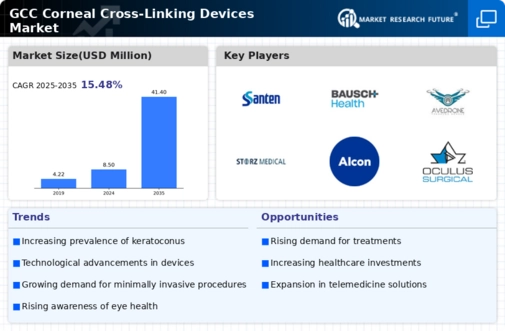
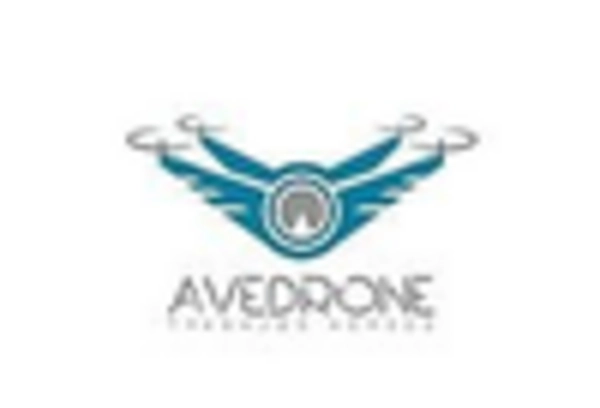
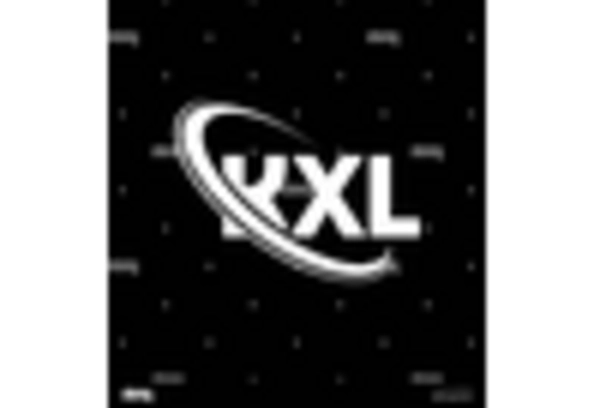
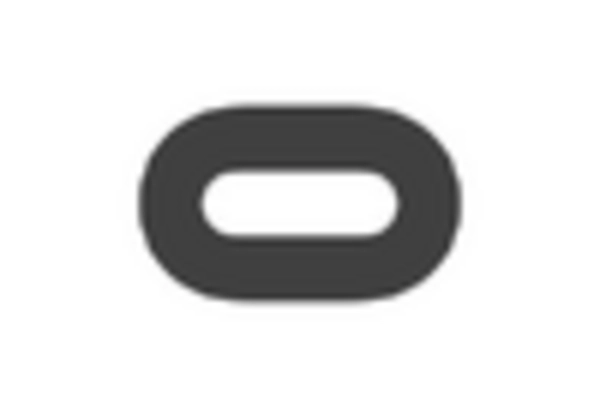
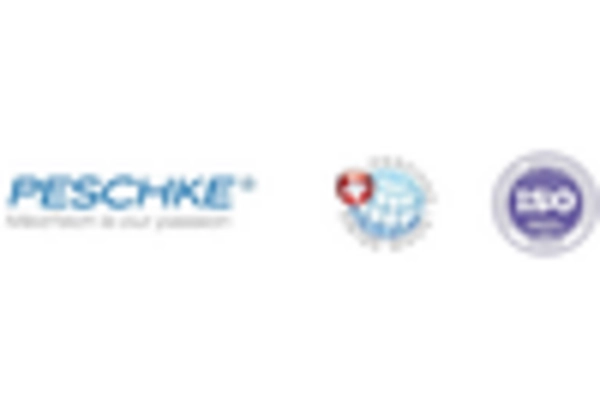
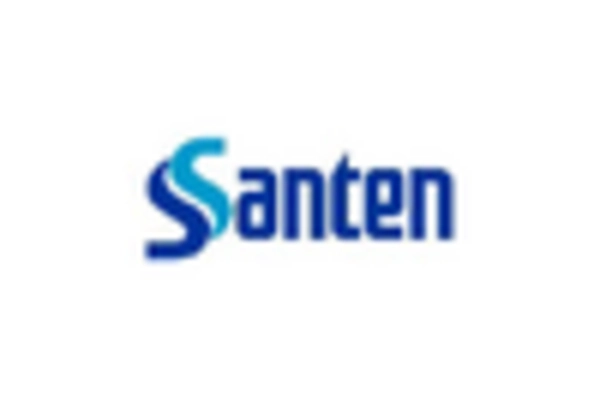
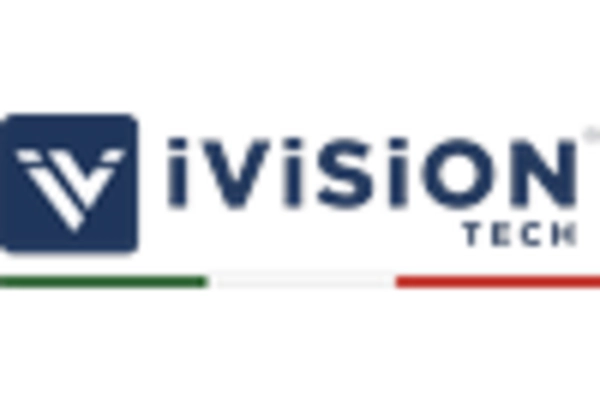








Leave a Comment